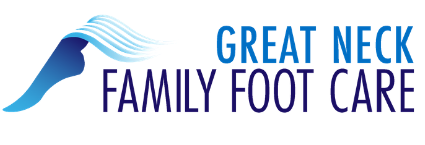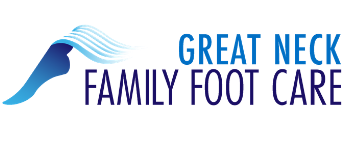27 Dec Compression Therapy: A Vital Aspect of Wound Care
Compression therapy isn’t always the first aspect patients think of when given the choice of wound care. Although not as well known, this therapy is a vital recovery key for those with venous diseases and circulation issues.
What is Compression Therapy?
This treatment is remarkably simple and focuses care on the legs, ankles, and feet–common sites for chronic wounds and poor circulation. Using specially designed elastic material, compression stockings fit snuggling around the body and produce a “compression” effect that simulates real muscle function. Compression relaxes constricted veins and increases circulation, reducing chronic pain and lowering circulation risks such as blood clot formation. These stockings come in a variety of sizes and styles such as sleeves, leggings, pantyhose, and socks, each aimed at specific wound care and circulation issues.
Types of Compression Therapy
Compression therapy is divided into two primary types, both aimed at specific medical treatments.
Gradient Compression
This compression therapy offers a gradual squeezing effect that is tightest near the ankle or wrist. The device’s compression gradually decreases the further up it goes. This method of therapy is especially helpful for improving circulation in the legs and preventing blood from dangerously pooling in the lower body.
Uniform Compression
Unlike gradient compression, uniform compression therapy provides a steady, equal amount of pressure throughout the device. Regardless of where it is worn, the device’s squeezing effect is balanced. This type of therapy is particularly helpful for alleviating swelling and edema as well as preventing fluid retention in the limbs.
What Health Conditions Benefit from Compression Therapy?
Although compression therapy has a growing range of uses, the primary reason for its use occurs in patients with vein and circulation diseases, the two most common being Chronic Venous Disease (CVD) and Chronic Venous Insufficiency (CVI). These diseases are serious and progressive with many cases becoming steadily worse when not treated. Both are responsible for weak veins and consequent leg ulcers and clots.
Other common medical conditions that improve with compression therapy include diabetes, lymphedema (swelling due to fluid accumulation), and deep vein thrombosis (blood clots.)
Many medical studies show dramatic improvements in circulation and healing for patients prescribed compression stockings. The Journal of Vascular Surgery reports one study revealed a 3-week improvement in healing time as well as decreased pain in patients.
How Do I Start Compression Therapy?
Basic Compression therapy in and of itself does not require a prescription. Many drug and medical supply stores sell ready-to-wear compression socks and leggings. These are helpful for simple medical conditions and symptoms associated with pregnancy, leg tiredness, mild swelling, and mild pain.
Although some mild medical issues may be alleviated with store-bought compression devices, serious medical conditions and worrisome symptoms should always prompt a doctor consultation and the necessary medical care. If you suspect you have a vascular condition affecting your circulation or your symptoms are chronic and worsening, consult a doctor and explain your concerns. Serious symptoms include:
- Tingling
- Numbness/loss of sensation
- Chronic pain such as throbbing or stinging
- Temperature differences such as noticeable coldness or unusual heat
- Odd bluish skin coloration (Cyanosis)
- Leg ulcers accompanied by inflamed, red rashes
- Varicose veins
- Damage and loss of hair and nails
- Muscle cramps
- Frequent exhaustion and lack of energy
- Sores that do not heal
Symptoms such as these should never be ignored or put aside. Take note of when you first began experiencing these symptoms as well as how they have progressed over time. These are often important factors in determining how healthy or poor your circulation is. Ignoring these symptoms and leaving circulation issues untreated results in serious future complications such as strokes, heart attacks, and tissue death in your feet and legs.
If you find yourself with symptoms pointing toward circulatory disease or you are experiencing chronic injuries that do not heal with normal care, discuss wound care options, particularly compression therapy with your doctor. This treatment option is quickly growing as more patients and doctors see its powerful, therapeutic effects. For more information on this treatment option or to schedule your appointment, please contact us today.





Sorry, the comment form is closed at this time.